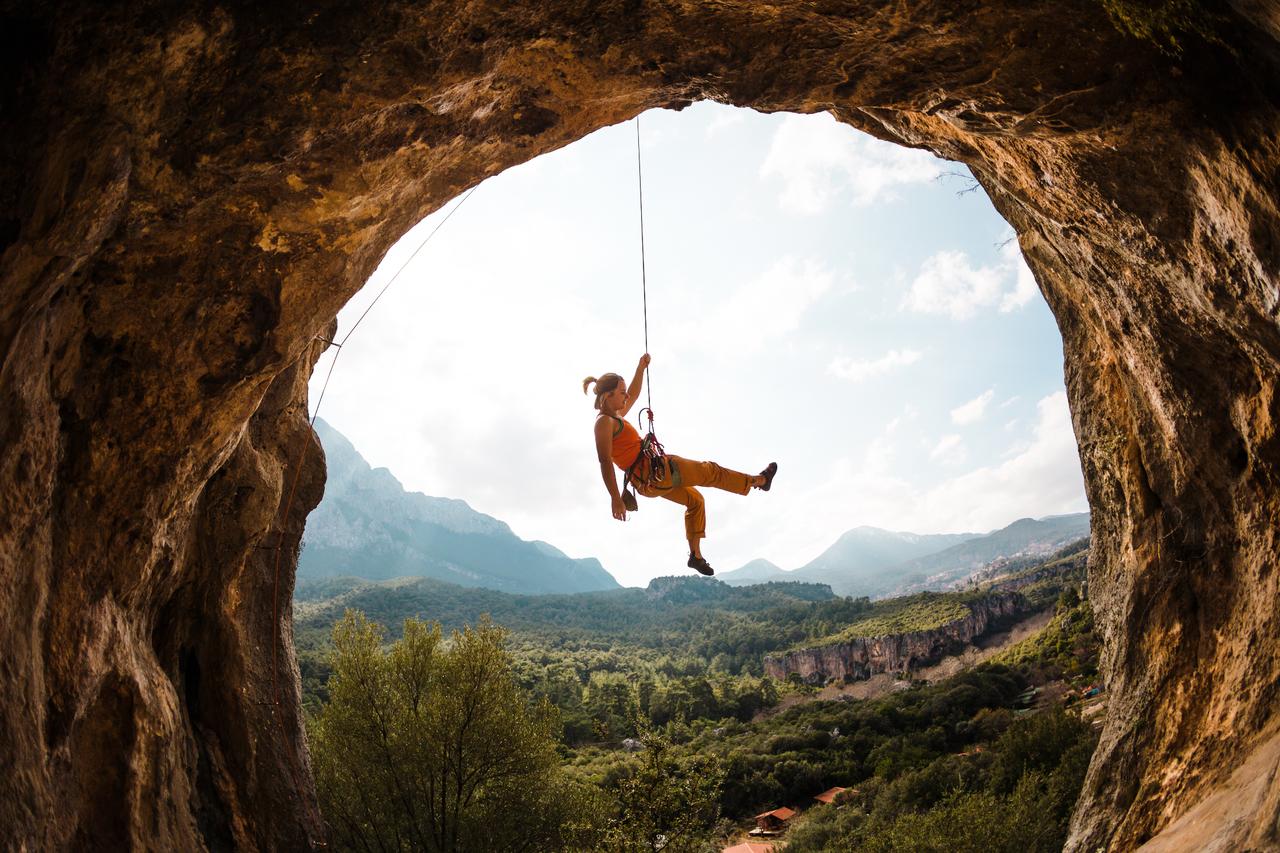
Did you know that Türkiye offers alpine drama without flying halfway across the world?
Snowy volcanoes rise above dry Anatolian plains. Ice routes stretch across forgotten valleys in the east. Limestone cliffs catch the Mediterranean sun and attract climbers from across Europe. Each region offers its own terrain, altitude, and rhythm.
Climbing in Türkiye does not follow a single style. Sport climbers head to the olive groves of Antalya. Alpinists prepare for glacier conditions near the Iranian border. Bouldering, ice climbing, high-altitude trekking; every form of climbing finds a place here.
This guide lists the country’s most distinctive mountain routes by region. The climbs range from 20-meter training walls near Istanbul to 5,000-meter glacier ascents.
While some mountains offer solitude, others have full climbing communities with gear shops, base camps, and seasonal festivals, so pick your side.
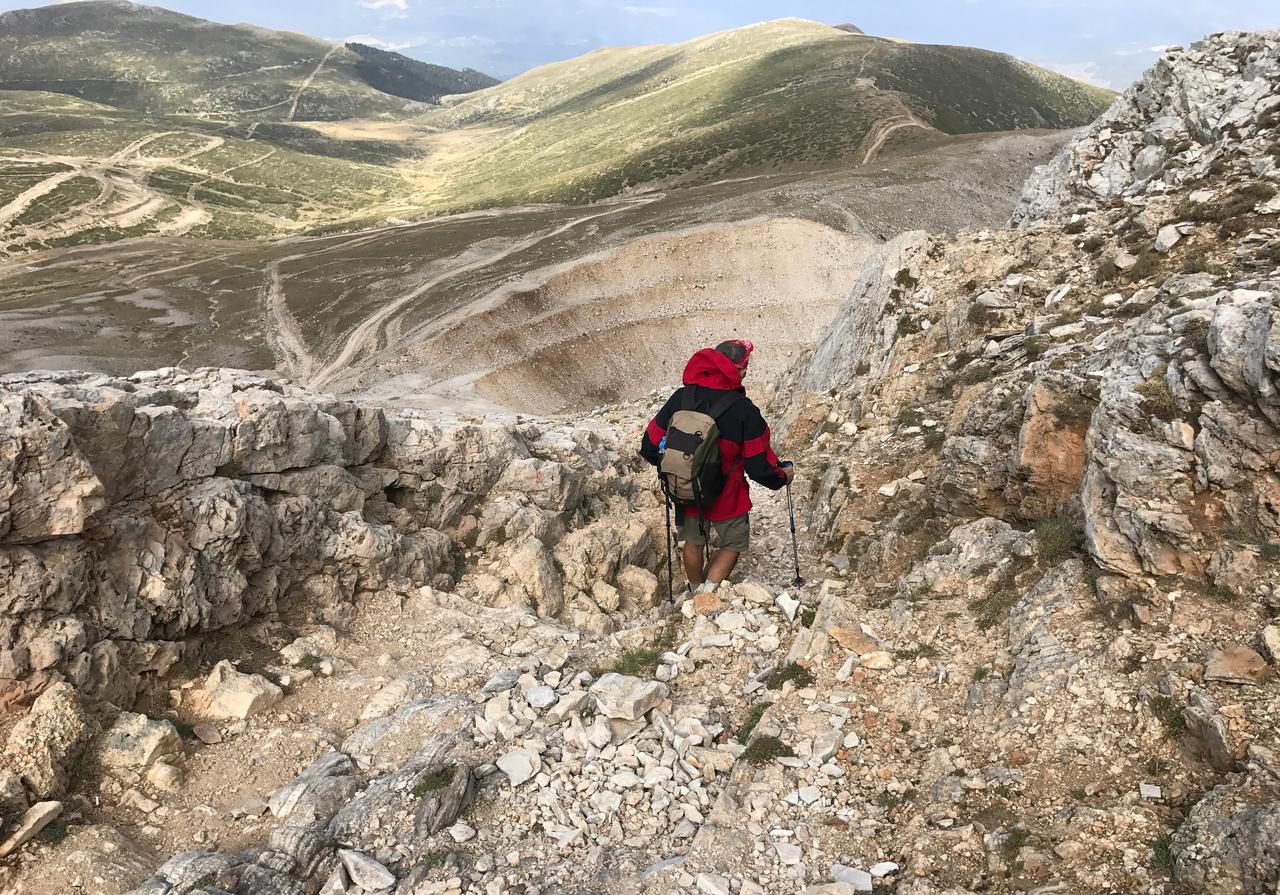
The Marmara Region may appear densely urban and industrial at first glance.
However, it hides climbing spots that shaped Türkiye’s early modern climbing scene. Many of these areas sit just a few hours from Istanbul, making them ideal for beginners or those seeking day trips.
Uludag, Bursa
Uludag rises to 2,543 meters and serves as a year-round destination. In winter, it supports skiing. In summer, its forests and alpine meadows attract hikers and climbers. A cable car connects the city center to the slopes. On clear days, climbers at the summit can see the Sea of Marmara in the distance.
Ballikayalar Canyon, Kocaeli
Ballikayalar sits in Gebze and attracts climbers from Istanbul. Limestone cliffs line the canyon walls. Since the 1970s, climbers have used this site for practice and training. Over 100 routes exist across multiple difficulty levels. Green surroundings and a river running through the canyon increase the appeal.
Narlidere, Bursa
Climbers choose Narlidere for its accessibility and variation. Limestone walls offer caves and ledges along the route. The proximity to Bursa encourages frequent visits. Local climbers use this site to test different climbing styles and improve endurance.
Geyve, Sakarya
Digital map users identified Geyve in 2007. The site contains more than 100 routes, with some cliffs over 20 meters high. The rock faces point south, so climbers need to plan around sunlight and summer heat. Geyve remains under development but continues to attract those looking for new terrain.
Golpazari, Bilecik
Golpazari offers over 200 routes on limestone surfaces. Vertical walls challenge skilled climbers. Located three hours by car from Istanbul, the site attracts dedicated visitors. Golpazari combines quiet natural settings with demanding climbs.
Climbers in Marmara often use these sites as stepping stones. They gain skill and experience without traveling far from major cities.
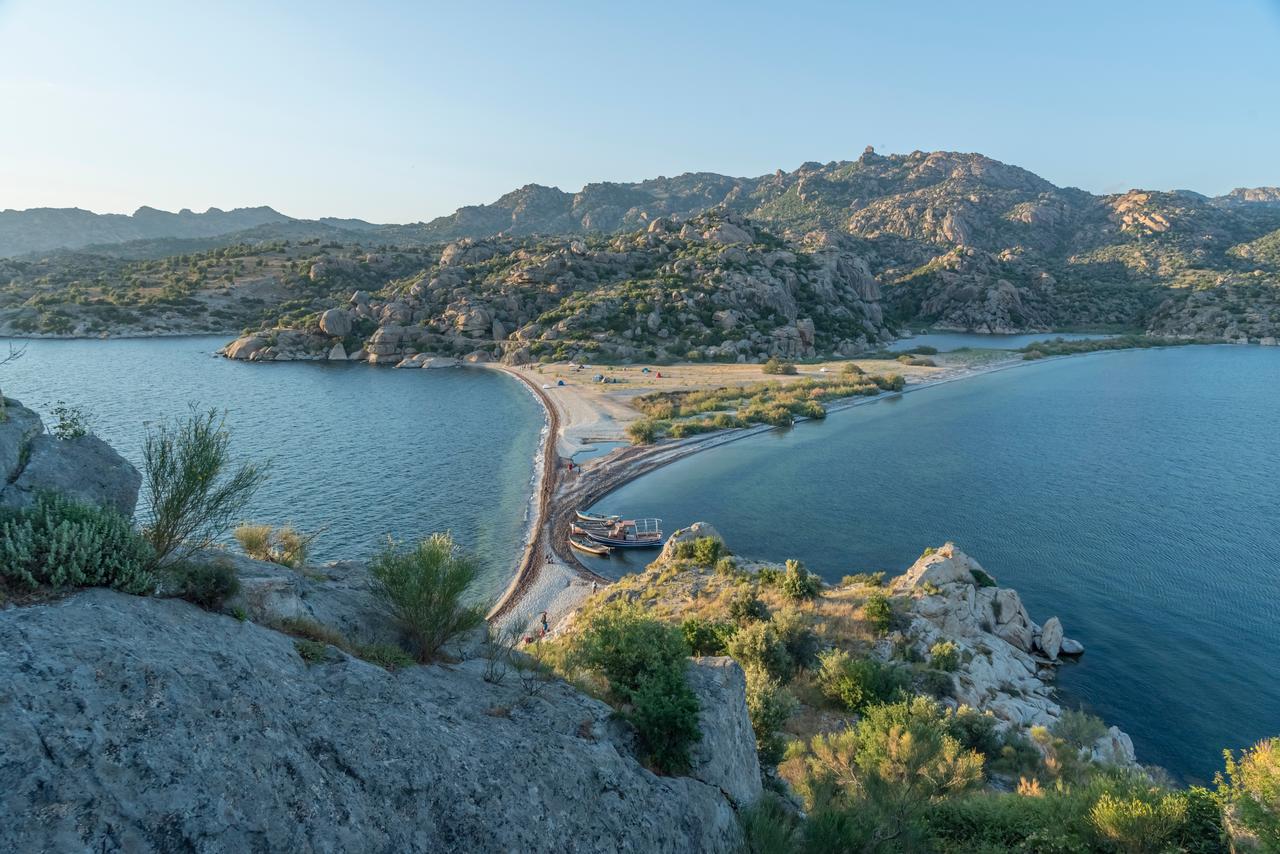
The Aegean Region appears dominated by agriculture and tourism. Yet between coastlines and olive orchards, climbers have found granite and gneiss formations suitable for sport climbing and bouldering. The region also hosts some of Türkiye’s best-known climbing festivals.
Kaynaklar, Izmir
Kaynaklar lies in the Buca district. The site features over 200 routes with varying levels of difficulty. Dokuz Eylul University began organizing annual climbing festivals here in 2003. These spring events bring the climbing community together. The location offers easy access from Izmir’s city center.
Bafa Lake, Mugla
Bafa Lake caters to boulder climbers and beginners. Large granite and gneiss rocks surround the lake. Climbers do not usually use ropes or bolts, but safety pads remain essential. The terrain can cause hand abrasions, so climbers need to take precautions. The lake’s view adds a scenic element to the climb.
Climbers in the Aegean Region often combine short climbs with cultural visits. Some areas include ancient ruins or natural parks nearby.
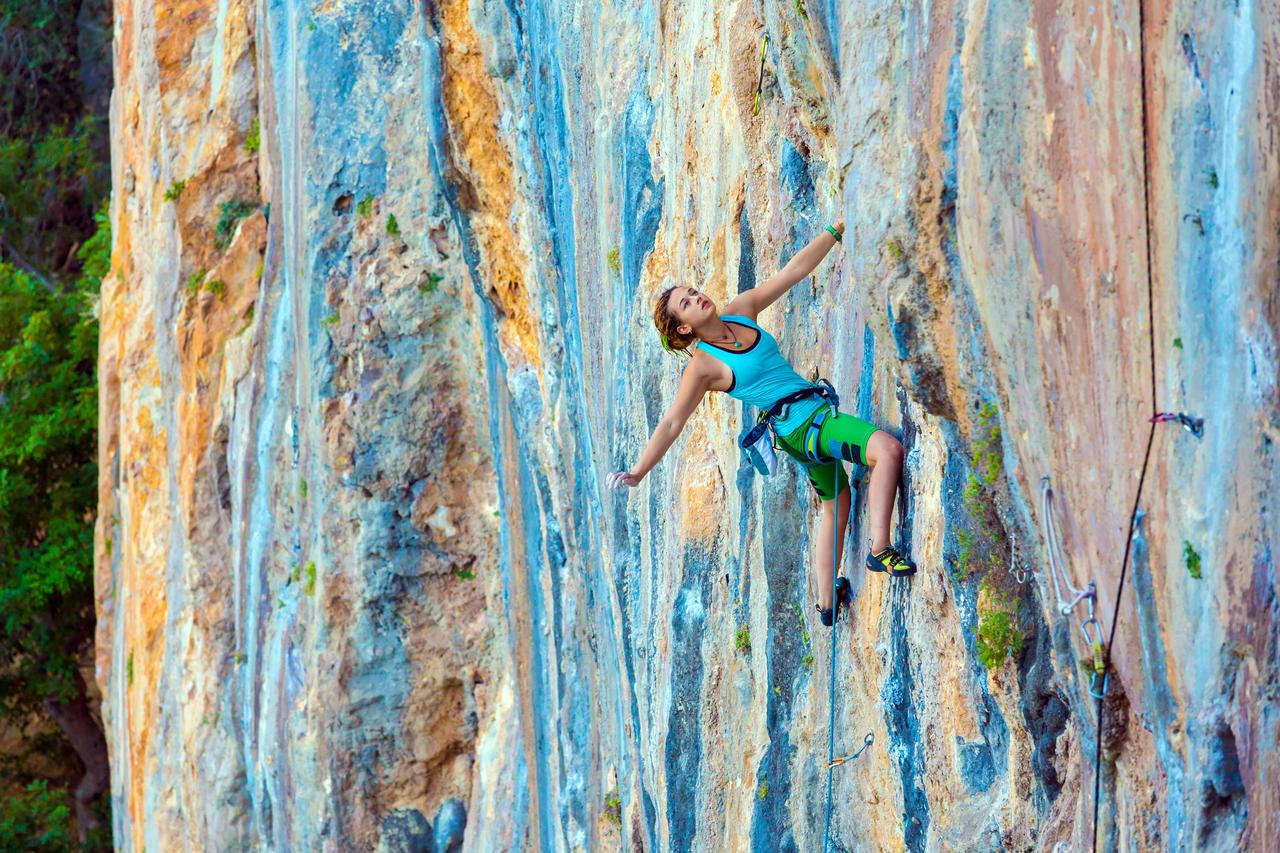
The Mediterranean Region attracts climbers from across Europe. Many settle in nearby villages during the climbing season. Antalya, in particular, has become an international hub for limestone sport climbing.
Geyikbayiri, Antalya
Geyikbayiri is one of the most recognized climbing spots in Türkiye. International rankings place it among the top 10 winter climbing destinations globally. Thousands of routes cover varying angles and difficulties. Though possible to climb year-round, most avoid summer due to the heat. The area supports an active climbing community.
Olympos, Antalya
Olympos blends coastal views, forest trails, and archaeological remains. The climbing area includes 400 routes. Some end near sea cliffs where climbers can jump into the water after descent. Climbers often stay in treehouse-style guesthouses or campgrounds.
Citdibi, Antalya
Citdibi offers steep limestone and minimal shade. Advanced climbers seek out this location for its intensity. The routes require precise technique and endurance. The area lacks crowds, which appeals to those seeking difficult climbs in isolation.
Medetsiz (Bolkar), Mersin–Konya–Nigde
Medetsiz, the highest point of the Bolkar Mountains, reaches 3,524 meters. Climbers face different terrain depending on the approach. Southern slopes contain alpine greenery, while the northern side features drier landscapes. Climbers must watch for venomous vipers active during warm weather.
Climbers in the Mediterranean can access both sea-level cliffs and high-altitude summits. The mix of terrain types draws repeat visitors.
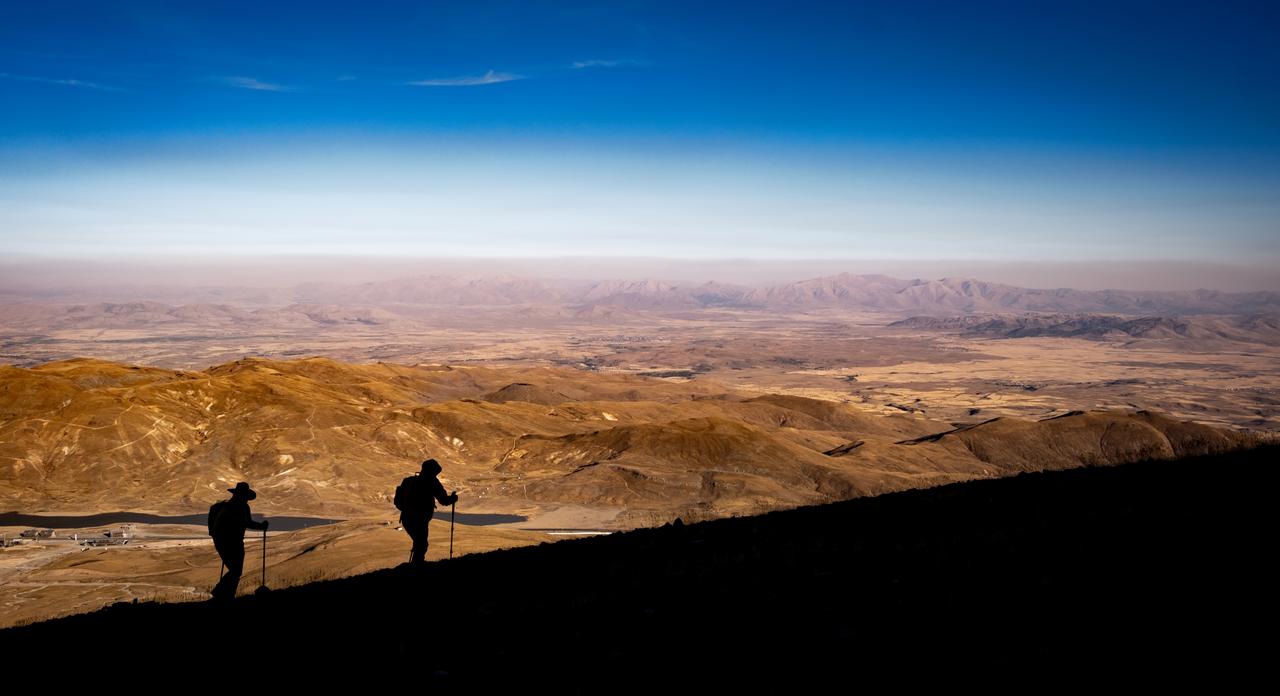
The Central Anatolian Plateau supports rugged volcanic peaks and granite outcrops. Climbers who choose this region typically aim for altitude, solitude, and wide views.
Hasan Mountain, Aksaray
Hasan Mountain reaches 3,268 meters. Its dome-shaped structure allows relatively direct ascents. The mountain suits intermediate climbers and offers views of nearby plains. Spring and summer provide the best conditions. Climbers should prepare for strong sunlight and sudden weather changes.
Erciyes Mountain, Kayseri
Erciyes is the tallest mountain in Central Anatolia, rising to 3,916 meters. A dormant volcano, it features twin summits and visible lava formations. Climbers usually ascend in one day between June and October. The first recorded climb occurred in 1837, led by the British mountaineer W.J. Hamilton.
Karakaya, Eskisehir
Karakaya includes 20 to 25-meter granite cliffs. The site suits climbers who want to train on short, steep routes. Climbers should avoid peak sunlight hours due to the dry climate. The terrain supports focused practice for those preparing for longer climbs elsewhere.
Climbers often find Central Anatolia’s terrain less forgiving but uniquely satisfying. Volcanic history and high visibility make each ascent memorable.
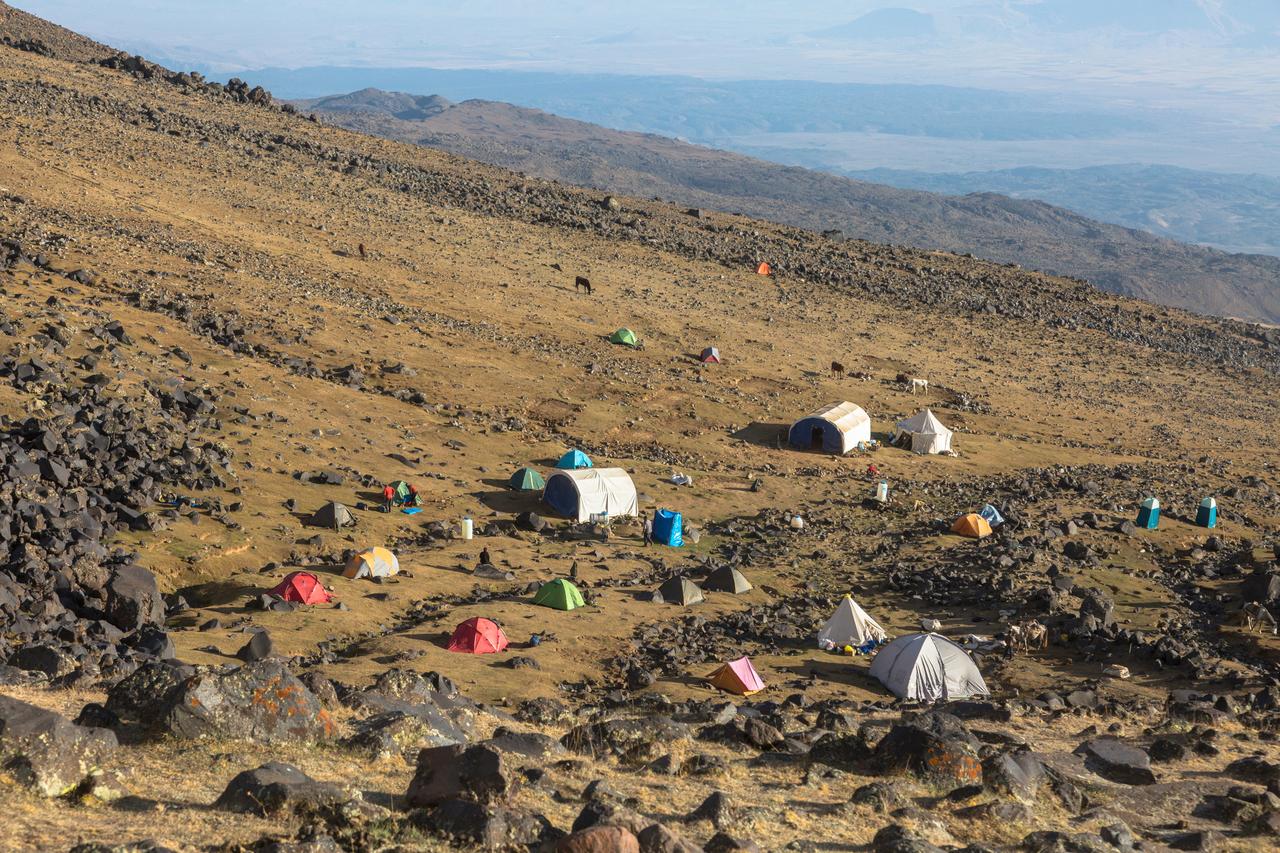
Eastern Anatolia contains Türkiye’s most demanding climbs. The region includes high peaks, glaciated ranges, and volcanic formations.
Many routes require local permits and advanced preparation.
Mount Ararat (Agri Dagi), Agri
Mount Ararat stands at 5,137 meters, the highest elevation in Türkiye. Its summit remains covered in ice. Climbers often take guided tours starting from Dogubeyazit. The south route serves as the standard approach, while the northern side includes glacier climbs. Summer is the only season for legal and safe ascents.
Suphan Mountain, Bitlis–Van
Suphan reaches 4,058 meters. Climbers pass lava domes and glacier lakes while ascending. Sandiktepe forms the summit. The eastern route provides the least resistance but still demands preparation. Climbers must report their route to the Adilcevaz gendarmerie before attempting the climb.
Cilo Mountain, Hakkari
Cilo contains several summits, including Uludoruk at 4,135 meters. Glacial valleys, blue glacier lakes, and rare mountain flora define the landscape. The mountain became a national park in 2020. Climbers must remain aware of avalanche conditions, especially in winter.
Tendurek Mountain, Van
Tendurek includes two volcanic peaks. The mountain contains a crater lake and thermal vents, which suggest continued underground activity. Climbers cross volcanic debris and geothermal fields. The last eruption occurred in 1855.
Artos Mountain, Van
Artos rises to 3,550 meters and offers views of Akdamar Island. The mountain supports diverse wildlife, including butterfly species and mountain flora. Climbers use the mountain for both hiking and alpine-style ascents.
Mercan (Munzur) Mountains, Tunceli
Also called the Munzur Mountains, the range includes Akbaba Peak at 3,463 meters. The terrain consists of limestone and glacier-carved valleys. Most routes remain snow-covered for much of the year. The region falls within the Munzur Valley National Park.
Uzundere Ice Climbing, Erzurum
Uzundere supports ice climbing on frozen waterfalls between January and March. Routes vary from 25 to 300 meters in height. The International Ice Climbing Festival takes place here every winter. In warmer months, climbers also practice on rock walls.
Palandoken Mountain, Erzurum
Palandoken reaches 3,271 meters. Climbers often ascend during summer via the same paths used by skiers in winter. The Buyukejder summit includes a ski lift and even a cafe during winter months. Winter climbs require technical experience and gear.
Climbers in Eastern Anatolia often encounter snow, ice, and unpredictable weather. Yet those who prepare well can experience Türkiye’s most dramatic climbs.
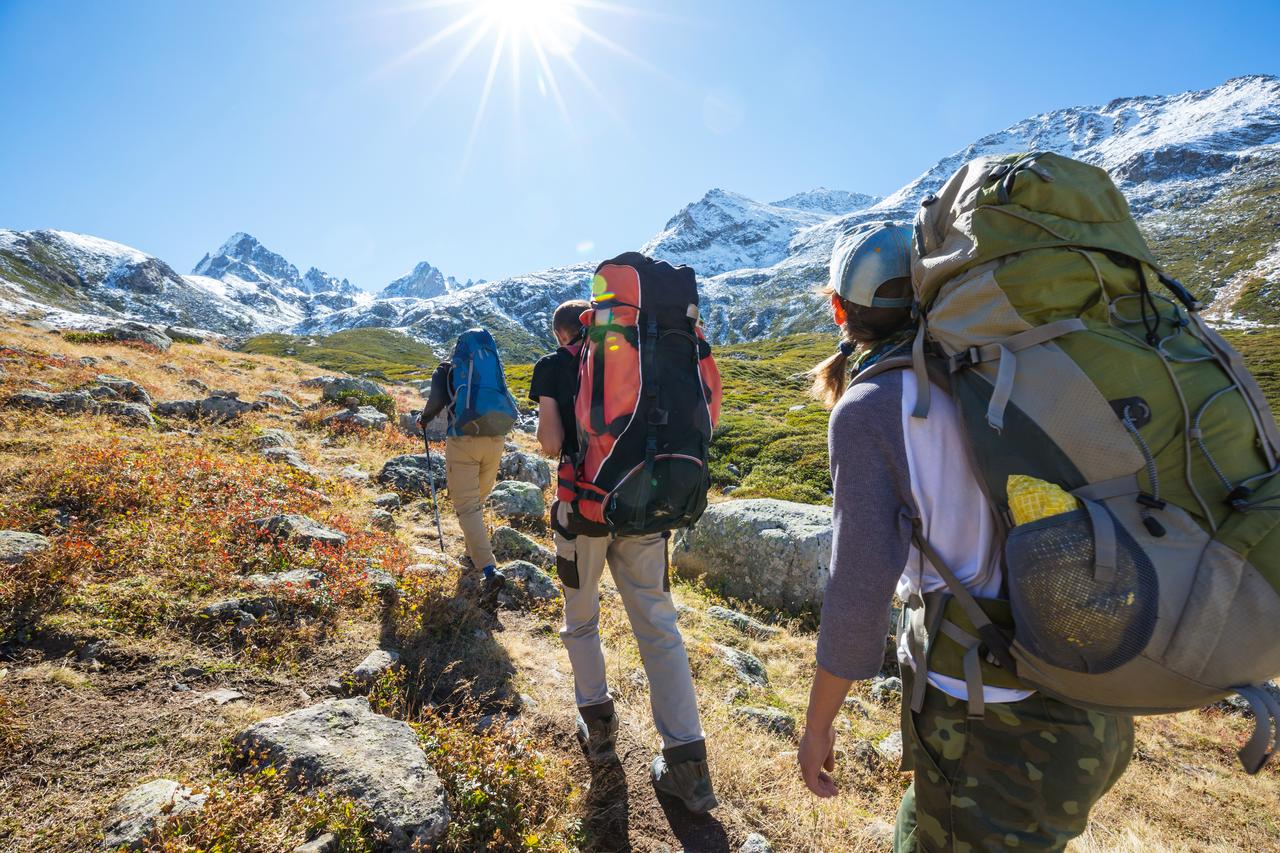
Bonus: Kackar Mountains, Rize
The Kackar range lies in the northeastern part of the country. These peaks rise above the Black Sea coast and support year-round alpine activity. Thick fog, glacial terrain, and isolated villages define the area.
Kackar's highest summit reaches 3,937 meters. Climbers often use the southern approach. Northern routes feature ice and demand alpine experience. The most popular peaks include Kavron, Altiparmak, and Vercenik. Even in summer, conditions can change quickly.
Climbers value the Kackar Mountains for their raw terrain and seclusion. The region rewards skill and patience with quiet, high-altitude landscapes.